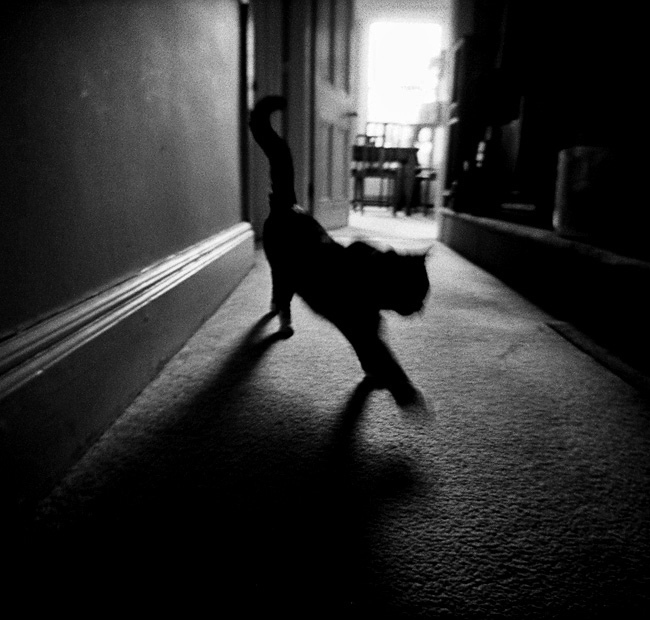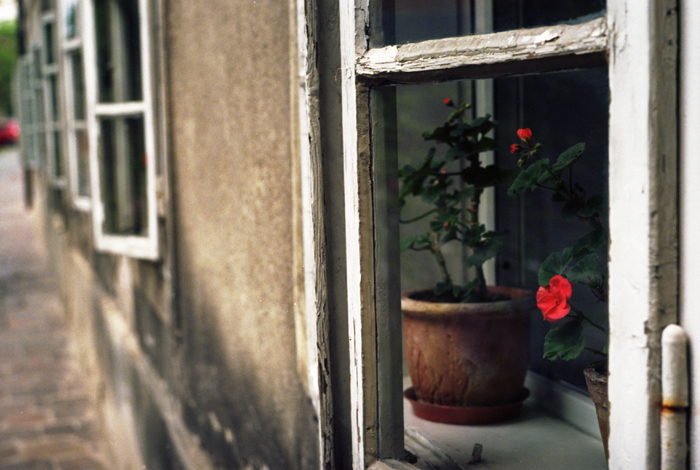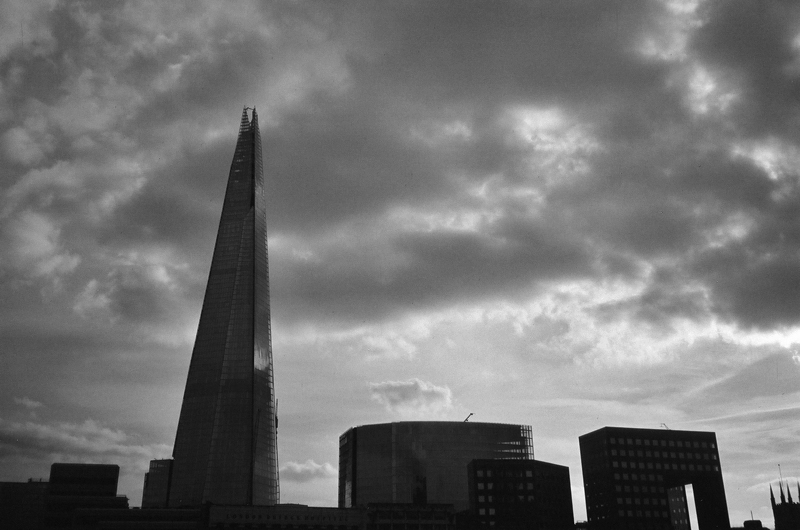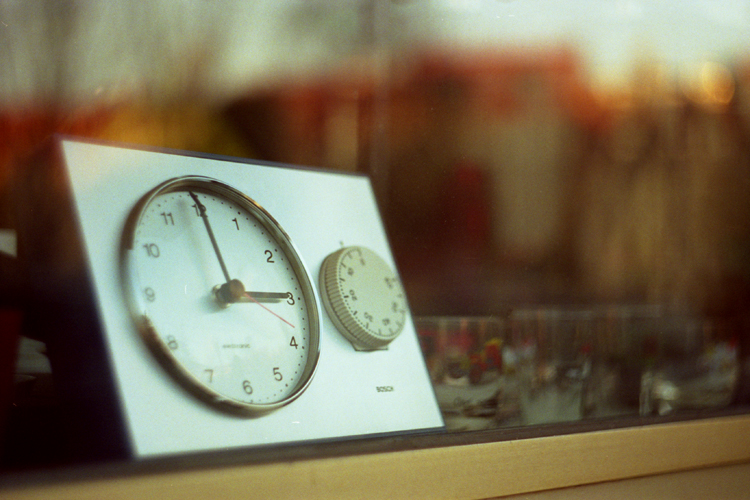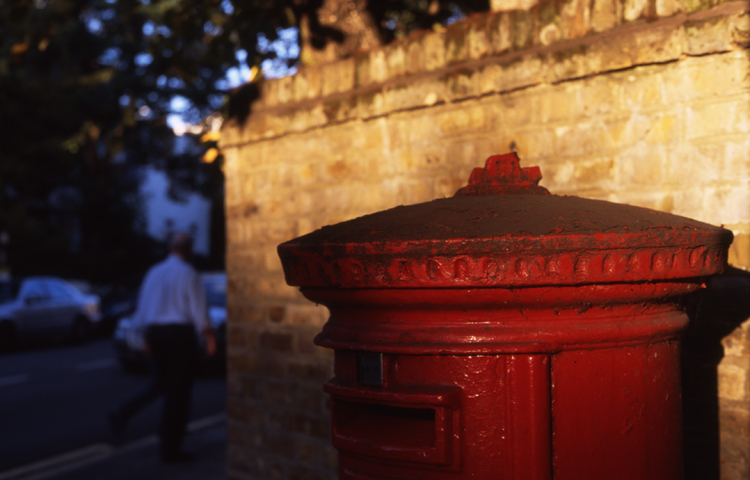The 21st Century has not been kind to film photography. As digital has become more and more widespread, the number of films available to analogue snappers has dwindled with every passing year. The casualties have included some of the most iconic films ever produced – like Kodak’s Kodachrome and Ektachrome slide films – and others less notable but still sadly missed, such as Agfa’s original CT 100 Precisa slide (the best film for cross-processing) or Fuji’s fantastic Neopan black-and-white print film. With every passing brand of film, you could believe that analogue photography will soon be no more.
But the show isn’t quite over yet. While some of the big players, such as Japan’s Fuji, appear to be edging out of the film business, the likes of Ilford and Kodak appear committed to making film for quite some time yet. And there are smaller companies too, such as the Czech Republic’s Foma, which also show no sign of shutting down. Some companies are even returning to film; Ferrania, the Italian company which used to produce Solaris print films and the Scotch Chrome slide films, have announced they are returning to film production this year.
There might very well be similar stories in the future – in the meantime here are five films still in production that every film photographer should try in 2014.
Kodak Ektar
Ektar is one of the last ISO 100 print films still in production – a very useful speed when it comes to shooting in strong summer sun. Ektar began life in the late 1980s before being superseded by the Royal Gold lines of print film in the 1990s. In 2008, Kodak announced it was bringing Ektar back. It’s an incredibly fine-grained film, and particularly good for scanning. If you’re shooting in strong sun, this should definitely be in the camera bag. Prices are around the £6 mark per roll in the UK, but you can get discounts if you’re buying in bulk. I always try to make sure I’ve got a few rolls of this if I’m heading away somewhere in spring or summer.
Fomapan 200
There’s defiantly no shortage of black and white films available – this is the healthiest part of the film market. Fomapan is one of the lesser names on the market – from the Czech Republic, they produce a range of black and white print films in formats from 35mm to large format. The most interesting is their 200-speed film; aside from Ilford’s SFX 200, which is an infrared style film, this is one of the only 200-speed film you can really get these days. It’s particularly useful if you want really fast shutter speeds on sunny days, or want to take pics in open shade on overcast days. It’s also one of the cheapest films you can buy; here in London, some stores sell it for as little as £3 for a roll of 26 in 35mm. It’s a good film to scan too – there’s plenty of detail captured in the bright tones and rich blacks.
Kodak Tri-X
Kodak may have retired its national Geographic staples Kodachrome and Ektachrome, but one of its most iconic films is still with us. Tri-X, a 400-speed black and white film, is more than 50 years old, having been introduced in the 1950s. Its chemistry changed little from then until 2007, when it was re-engineered to give it finer grain. Kodak’s continued survival despite its recent bankruptcy protection has given a new lease of life to it film line-up, and Tri-X is likely to remain at the forefront of it. If I could shoot on one black and white film for the rest of my photo-taking days, this would be it. Tri-X is incredibly pushable – I’ve had excellent results pushing it even as far as 6400, and it’s got great contrast. Tones are bright and blacks deep and rich. Expect to pay around £5 a roll.
Fuji Superia X-Tra 400
Fuji appears to be slowly but surely disappearing from the film business, retiring great films such as Neopan and its Provia 400X slide film, and jacking up the prices of those remaining films. There’s every possibility we’re in the last decade of Fuji making film. If that’s so, make sure you shoot a few rolls of this; it’s a 400-speed print film with a slight magenta cast, making it great for atmospheric shots in afternoon light or indoors. It might need a bit of post-processing after scanning to get rid of a slight red tinge in faces, but it’s a good film to have in the bag for when the light goes down low. I’ve made a resolution to shoot a few more gigs with it in 2014, after getting some lovely results shooting Calexico on a Pentax ESII last year.
Agfaphoto Precisa CT100
Agfa’s CT100 Precisa was the ultimate cross-processing film, and one which the Lomography movement owes a great deal; when xpro’d it created deep blues and biting contrast, deep blacks and vibrant reds. Agfa pulled the plug on it around 2005, much to cross-processing fans’ dismay, but there’s still a film on the market called Precisa; Agfaphoto Precisa. It’s a slide film, but not the Agfa film of old. It’s Fuji Provia 100, one of Fuji’s last remaining slide films, and the Agfaphoto rolls are ones which haven’t quite met Fuji’s quality control standards. In reality, you’d be hard to find any fault with it – it’s a slide film delivering bright punchy colours. The big plus point though, is the price. A roll of Provia now costs over £10 in the UK – Agfaphoto’s rebadged version sells for around £6.
Author: Stephen Dowling Photography / Blog / Flickr
Images: Stephen Dowling © Stephen Dowling






